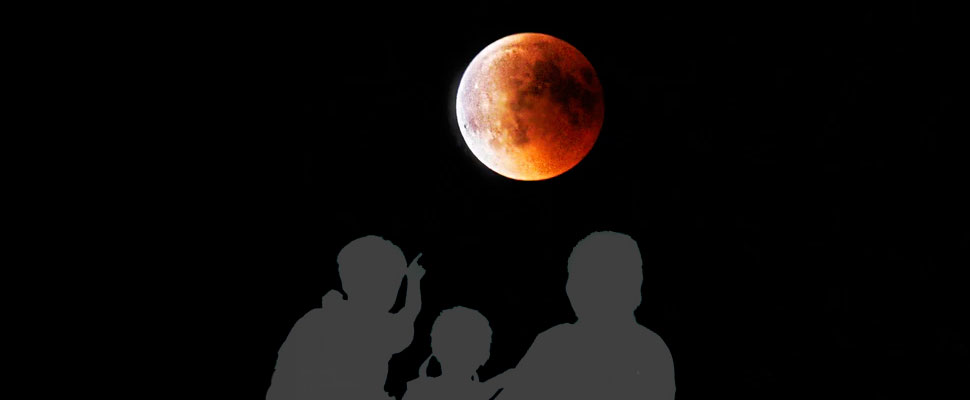Find out the 2019 eclipse calendar
Listen this article
This year there will be unmissable eclipses. Here we tell you the dates, if they are lunar or solar, and where they can be seen

Most of us love to observe eclipses, watching how the moon turns red or how for a few minutes the day turns into night. For that reason, in LatinAmerican Post we bring you the calendar of eclipses for 2019.
Leer en español: Prográmate con el calendario de eclipses de 2019
According to the specialized portal Time and Date, 2019 will have 5 incredible eclipses and the transit of a planet that you cannot miss. At the end we leave you a fun fact that will surely surprise you.
1. The first eclipse of this year will be seen in the Pacific and some parts of Asia such as Beijing. Between January 5 and 6, the Earth will witness a partial solar eclipse.
Despite being a partial solar eclipse, you need to use protection to watch it. Remember that in all phases your eyes must be protected so that you do not suffer any damage.
2. Between January 20 and 21, much of the world will be able to watch the lunar eclipse. This space event will be fascinating to watch, because the moon will turn completely red with black shadows, so it is called Blood Moon. At the same time, there will be a Super Moon because the satellite will be closer to Earth, making it look bigger and brighter while it is eclipsed.
The best thing about the Super Blood Moon is that it can be seen throughout Latin America starting at 2:36 UTC on January 21. That is, from 9:36 pm on January 20 in Colombia or 10:36 pm in Puerto Rico. Being a lunar eclipse you do not need special protection to observe it.
3. The next one will be on July 2 and it will be a total solar eclipse. The event can be seen in China and some Latin American countries. Before sunset, in Argentina you can see the sun go black while in countries like Ecuador, Brazil, Uruguay and Paraguay you can only watch the eclipse partially.
Being an eclipse of the sun, it is essential that you use special protection, in any of the phases of the eclipse you must use protection. In this link you will find 5 simple and easy options for you to observe.
4. The fourth astronomical event of this type will take place between the 16th and the 17th of July. It will be visible in several parts of the world including part of Europe and Asia, as well as America, Australia, the Pacific, among others. This will be a partial Moon eclipse and visible from July 16 at 18:43 UTC.
It may interest you: BepiColombo: The space mission with which we would know more about Mercury
5. The fifth event of 2019 is not about an eclipse per se. We can see the transit of Mercury between November 11 and 12. If the weather is favorable, this event can be seen in the United States, Europe, Africa, and South America. It is expected that the event can be observed for at least five and a half hours. According to Time and Date, a transit of Mercury of this duration will be visible again in 2095.
6. Shortly after Christmas, on December 26 there will be an annular Sun eclipse. This will be visible in regions such as Asia, parts of Australia, parts of Africa, among others from 2:29 UTC.
Fun fact: a solar eclipse occurs two weeks after a lunar eclipse
LatinAmerican Post | Marcela Peñaloza
Translated from "Prográmate con el calendario de eclipses de 2019"





